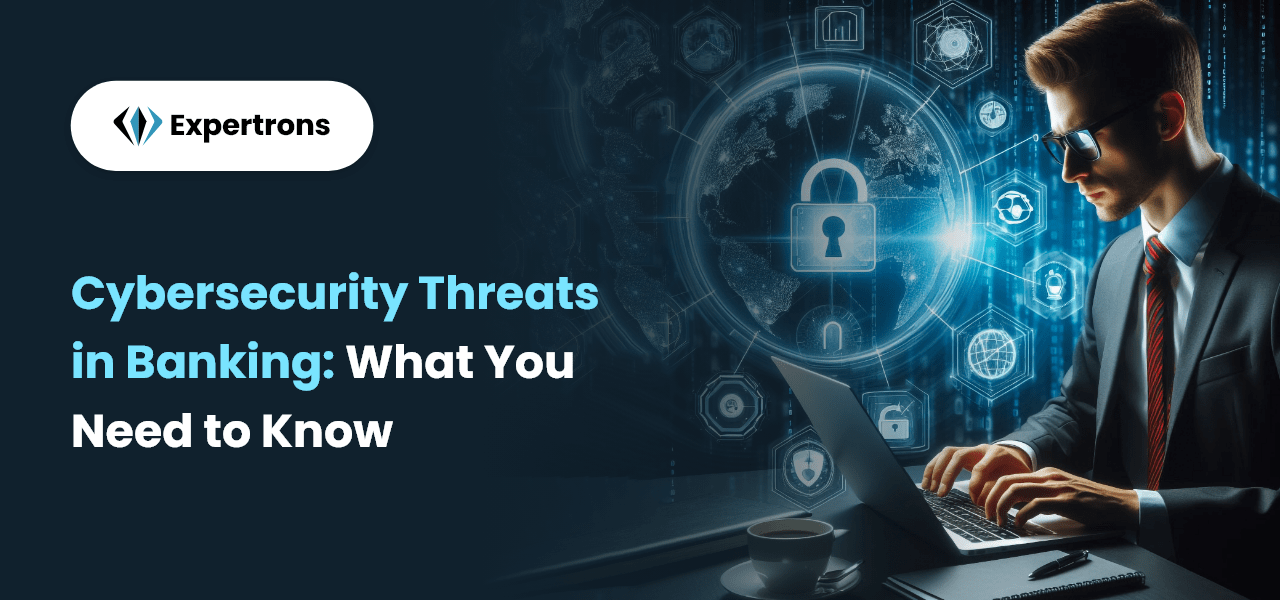Introduction
In today’s digital age, cybersecurity has become a critical concern for the banking industry. With the increasing reliance on technology for financial transactions, banks are facing a growing number of cyber threats that can jeopardize the security of their customers’ data and financial assets. In this blog post, we’ll explore some of the most common cybersecurity threats facing banks and provide tips on how to safeguard against them.
As technology continues to advance, so do the tactics used by cybercriminals to exploit vulnerabilities in banking systems. From phishing scams to malware attacks, the threats facing banks are becoming more sophisticated and difficult to detect. To protect their customers and maintain trust in the banking system, financial institutions must stay vigilant and proactive in their approach to cybersecurity.
Common Cybersecurity Threats in Banking
- Phishing Attacks: Phishing emails and websites are designed to trick individuals into divulging sensitive information such as login credentials or personal details. These attacks can lead to identity theft and financial fraud if not detected and prevented.
- Malware Infections: Malicious software such as viruses, worms, and ransomware can infect banking systems and compromise the security of customer data. Malware attacks can result in data breaches, financial losses, and reputational damage for banks.
- Insider Threats: Insider threats pose a significant risk to banking security, as employees with access to sensitive information may intentionally or unintentionally misuse their privileges for personal gain or malicious purposes.
- DDoS Attacks: Distributed Denial of Service (DDoS) attacks can disrupt banking services by overwhelming servers with a flood of traffic, making online banking platforms inaccessible to customers.
- Data Breaches: Data breaches occur when cybercriminals gain unauthorized access to sensitive customer information stored by banks. These breaches can result in financial losses, regulatory penalties, and damage to the bank’s reputation.

Tips for Enhancing Cybersecurity in Banking
- Implement Multi-Factor Authentication: Require customers to provide multiple forms of verification before accessing their accounts, such as passwords, security questions, and biometric authentication.
- Educate Employees: Train bank staff on cybersecurity best practices and procedures to help them recognize and respond to potential threats effectively.
- Update Security Software Regularly: Keep security software, firewalls, and antivirus programs up to date to protect against the latest cyber threats and vulnerabilities.
- Conduct Regular Security Audits: Perform periodic audits of banking systems and networks to identify and address potential security weaknesses before cybercriminals can exploit them.
- Encrypt Sensitive Data: Encrypt customer data both in transit and at rest to prevent unauthorized access and ensure data privacy and integrity.
Conclusion
As cyber threats continue to evolve and become more sophisticated, banks need to prioritize cybersecurity and implement robust security measures to protect their customers and their assets. By staying informed about emerging threats and adopting proactive security strategies, banks can mitigate the risk of cyber-attacks and maintain trust in the integrity of the banking system.
Frequently Asked Questions
Some of the most common cybersecurity threats facing banks include phishing attacks, malware infections, insider threats, DDoS attacks, and data breaches.
Banks can protect against phishing attacks and malware infections by implementing multi-factor authentication, educating customers and employees about common phishing tactics, regularly updating security software, and conducting thorough security audits.
Employee training plays a crucial role in banking cybersecurity by helping staff recognize and respond to potential threats effectively. Training programs should cover topics such as identifying phishing emails, following security protocols, and reporting suspicious activity.
Banks should conduct security audits and assessments regularly to identify and address potential security weaknesses. The frequency of these audits may vary depending on factors such as regulatory requirements, industry standards, and the bank’s risk profile.
Regulatory requirements for cybersecurity in the banking industry may vary depending on the country or region. However, common regulations may include data protection laws, industry-specific standards (such as PCI DSS), and guidelines issued by regulatory bodies such as the FFIEC in the United States or the ECB in Europe. Banks must ensure compliance with these regulations to protect customer data and maintain trust in the banking system.










